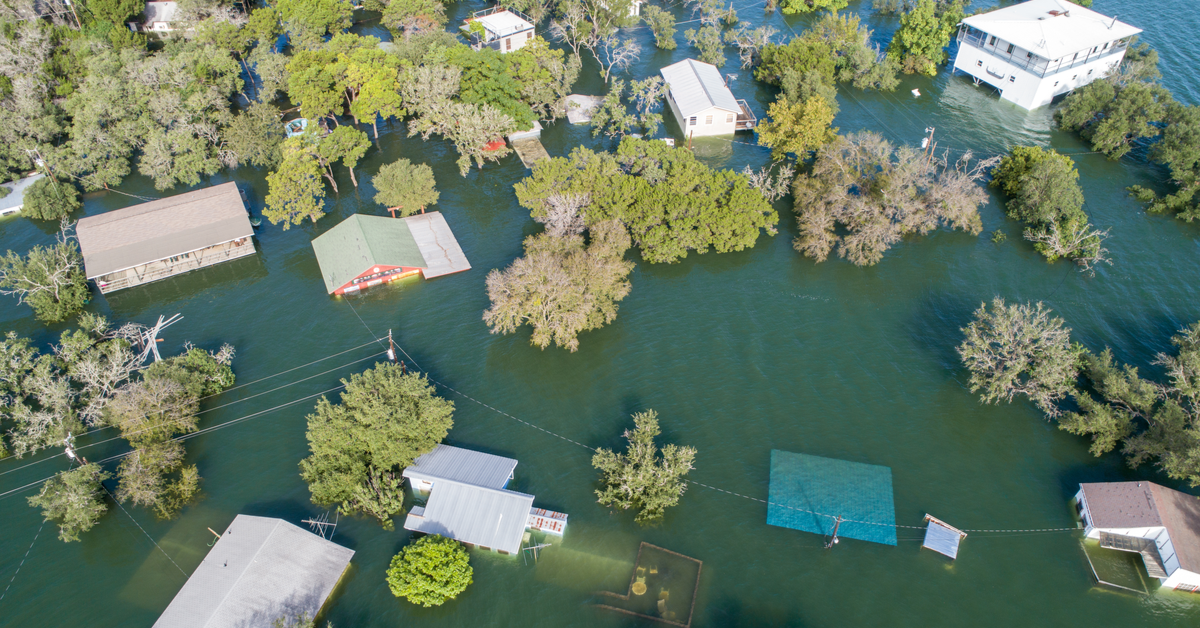Homebuyers, especially those who are seeking to purchase investment properties, often prefer to buy in areas along the coasts and other bodies of water that are at high risk of flooding. A new analysis shows that more mortgage applications in these areas are being denied and more would-be borrowers are withdrawing their mortgage applications compared to the recent past.
Flood risks may be an increasingly important factor in the decisionmaking of both homebuyers and lenders, according to a recent Zillow analysis conducted in partnership with climate risk assessment company ClimateCheck. The rates of both loan denials and withdrawals in these flood-prone areas have increased since 2017.
“Living around desirable coasts and other bodies of water, which tend to be more flood-prone areas, will continue to be a draw for homebuyers, but more and more are considering the additional risk,” Zillow senior economist Nicole Bachaud said in a news release. “We have not yet seen other types of climate risk make a dent in homebuying practices, so there is a lot of room left for change and continued education.”
The analysis found that, in 2021, census tracts with a 10 percentage-point higher share of buildings at risk for flooding corresponded with a 0.23 percentage-point higher rate of mortgage denials. The same census tracts saw 0.23 percentage-point higher shares of applicants who pulled their application before it was denied or the loan was originated. All of these data points have increased since 2017.
Still, homes in areas with a higher risk of flooding tend to appreciate more than other areas. Bachaud suggested that plenty of buyers are willing to accept the risk — and pay the high cost of a home and necessary insurance for these desirable spots. Downpayments also tend to be smaller in these waterside locations, with a slightly higher loan-to-value ratio on mortgage applications.
The Zillow/ClimateCheck report comes in the wake of Hurricane Ian, which caused billions of dollars of damage in Florida and the Carolinas. CoreLogic reported that Hurricane Ian destroyed a record number of homes and commercial properties, and the company noted that Ian is the costliest Florida storm since Hurricane Andrew made landfall in 1992.
These states will face a long road for recovery with inflation at a 40-year high, interest rates nearing 7%, and labor and materials still in high demand, according to CoreLogic. Hurricane Ian will likely lead to changes in what communities will tolerate when building in areas at risk for these catastrophes, said Tom Larsen, the company’s associate vice president of hazard and risk management, in a press release.
“Infrastructure and building codes will evolve so that we can be more resilient ahead of what are bound to be more history-making storms in the near future,” Larsen said. “We cannot just rebuild; we need to restore for resilience.”





